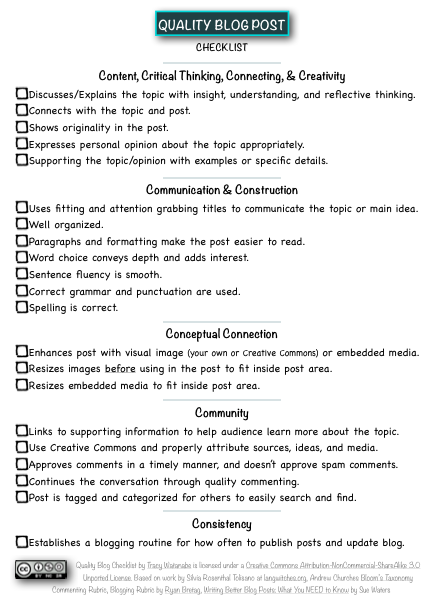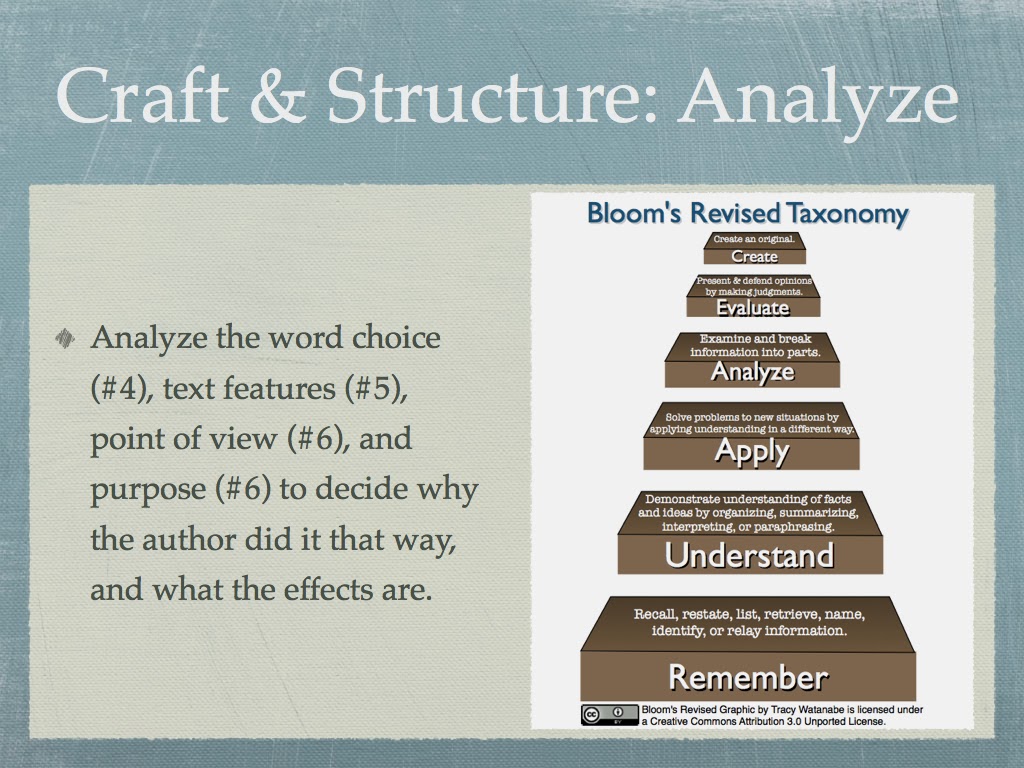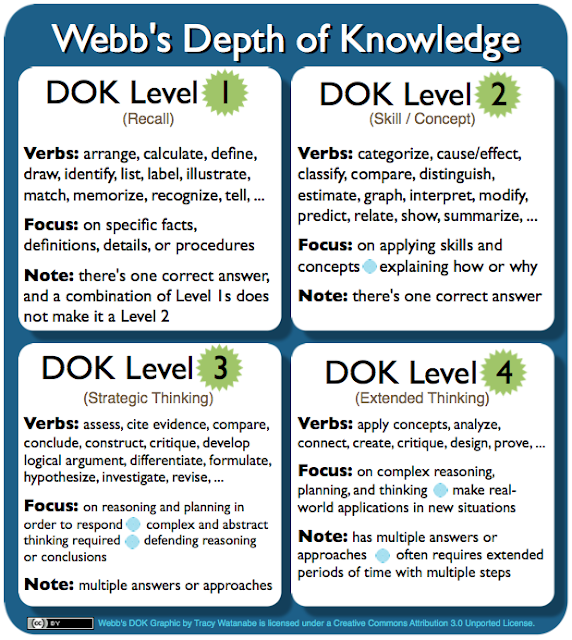Grow a Learning Culture through Peer Coaching
In Part 1 of "Teching it Up K-12 -- Success Stories," originally presented at the Arizona CIO/CTO Forum 2011, we focused on the importance of a learning-centric vision. Our focus for Part 2 was developing a learning culture through peer coaching.
Serving others through Peer Coaching
 With all the professional development needed to sustain one-to-one, PBL, 21st century learning, and individualized instruction, we turned to the Microsoft Peer Coaching model developed by the Peer-Ed team.
With all the professional development needed to sustain one-to-one, PBL, 21st century learning, and individualized instruction, we turned to the Microsoft Peer Coaching model developed by the Peer-Ed team.The beauty of Peer-Ed's training modules was the adaptability to our district's vision. To highlight the "collaboration" role of peer coaches, we called them "collaboration coaches."
Collaboration Coaching, Catalyst for Culture Shift
We tapped into full time teachers as our collaboration coaches. They focused on creating a 21st century learning environment in their own classrooms, while also working with a small group of teachers for increased collaboration.
Doors started opening because teachers understood the expectations of collaborating, sharing ideas, and resources focused on 21st century learning. As a result, the culture shifted to a learning and sharing culture.
Coaching Culture in One to One
 The eight coaches at Cactus Canyon Junior High also had the added role of navigating the changes of becoming a one-to-one environment.
The eight coaches at Cactus Canyon Junior High also had the added role of navigating the changes of becoming a one-to-one environment. Pedagogy & D.I.
Staff development focused on pedagogy and differentiated instruction with technology infused in it.
For example, instead of talking about how to use Google Forms, we discussed formative assessment and checking for understanding. After brainstorming various ways to use Google Forms as formatives, we created our own.
PLC -- the mini PDs
Some people learned web 2.0 tools quickly, while others needed ongoing, mini professional developments. Voluntary 30 minute trainings were offered once a week. This gave teachers a chance to try it out in their classrooms, with the comfort of knowing there'd be continued followup.
The teachers were so responsive to learning shoulder-to-shoulder, they expanded to four days of voluntary PD, completely ran by the coaches. They became a learning community, there to support one another. Awesome!
Final remarks
Collaboration Coaching built capacity. It's a shared leadership model that fostered a supportive learning community.
- How do you grow, develop, and nurture a learning community?
- How do you improve the learning culture and climate at your school, classroom, or PLN?
In Part 3, we will focus on 21st century learning, blogging, and PLN.



As a collaboration coach I have seen teachers personally request help because they feel safe in asking questions or asking for assistance due to a strong relationship between teacher and coach. A culture shift was occurred in our district because of this program. Our professional development is tailored to meet the needs of our teams. For example, our team wanted to know more about templates. The following week the group sat down and then learned how templates can be integrated and created. Not every team did this because they may not have had a need to focus on this technology. I can't imagine a school without coaches. We are a team and we can not win this race if we do not work together to meet our goals. Becoming a collaboration coach is one of the most amazing experiences in my life.
ReplyDeleteTeaching can be a very lonely profession if you think about it. A teacher enters the classroom in the morning and, based on how busy the day is, may not ever leave that classroom until the end of the day.
ReplyDeleteFor some teachers, this is okay. For me, this is social suicide. I need the interaction. I need the camaraderie. I need the collaboration. When I work with other teachers on a classroom project or on an educational notion, the ability to converse, brainstorm, and affirm each other is invaluable. Collaborative Coaching is a perfect fit for this.
Our school is divided into teams of teachers who have prep hour at the same time. One day each week, we meet for 20-30 minutes. We discuss technology, differentiated instruction, curriculum(what we are teaching and how we can bring our concepts into the other classrooms) and student concerns.
Because of these meetings, I believe that I am a more positive, productive, organized teacher who is in tune with her neighboring teachers. We feel more comfortable walking into each others' classrooms. This makes for a very relaxed working environment.
The students recognize all of this. When students realize that we are talking among ourselves, working with each other and that there is a consistency among us, it freaks them out! That's a feeling that just warms my heart!
Bethany Says... :)
ReplyDeleteOpening a school that is one-to-one requires so much training and preparation. We know from our professional training that "information dump" in an ineffective teaching strategy and so we avoid it in our classrooms with our students. But for some reason, many professional development sessions are organized in this fashion. As a result, we had many teachers completely overwhelmed, not knowing where to begin.
Thankfully, our district's professional development team began scheduling trainings in 30 minute segments so that the presenters could model a new piece of technology, provide guided practice for that same piece, and finally oversee independent practice. Teachers responded very positively to this mode of PD training. And we are seeing technology being used in more effective manners in the classroom.
From a coaching perspective I have found my co-workers are more receptive to trying new things when given a chance to play around with it under a little bit of supervision. While these trainings may not be "hard core" coaching experiences, I certainly see where they can function as entry points further down the road.
Dear Erica,
ReplyDeleteYour comment is such a great testimony about the power of coaching. It is so important that our P.D. is just in time for what we need at that very moment. Thank you for capitalizing on their time by addressing their needs.
Kind regards,
Tracy
Patty, I love how you collaborate with others. You make everyone around you feel great about their strengths because that's what you focus on. You bring out the best in people!
ReplyDeleteKind regards,
Tracy
Bethany,
ReplyDeleteThank you so much for taking the time to write a quality comment explaining in detail how the mini-bites of PD help us become comfortable with new things. I especially appreciate the parallel you made to great teaching avoiding the ole information dump, and so should PD.
You all have become such a strong learning community in such a short amount of time! This is only your second year together! What a great example to others.
Kind regards,
Tracy